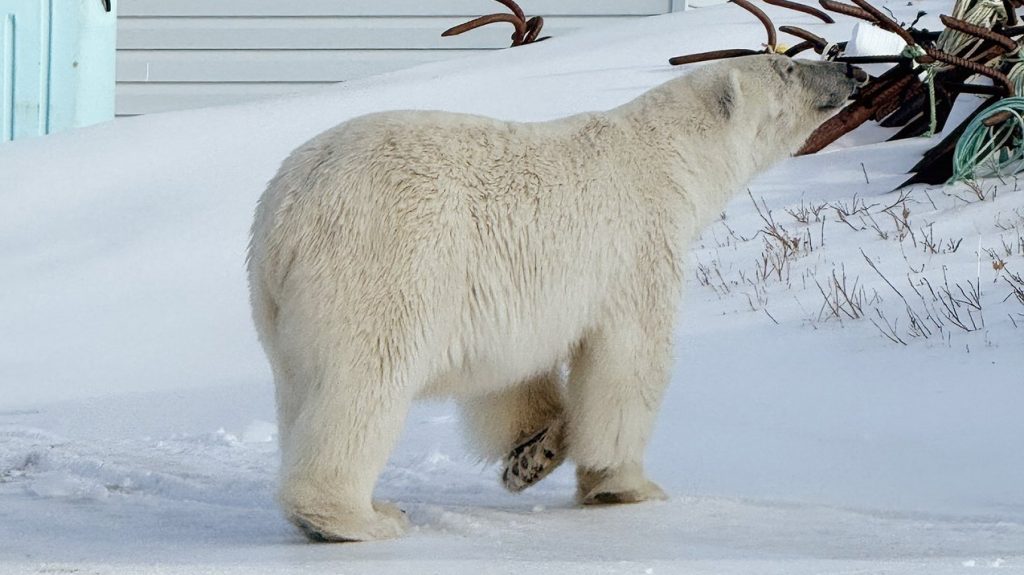Hope for Wildlife to expand education exhibits and trail systems
Posted Mar 9, 2022 05:45:00 PM.
A Nova Scotia wildlife rehabilitation and education centre is set to expand its operations, thanks to funding from the federal government.
The announcement, made last month by MP for Sackville—Preston—Chezzetcook Darrell Samson, allocated nearly $100,000 to the Hope for Wildlife Society.
Hope for Wildlife Society is set to receive a non-repayable grant of $96,375 to “expand its education centre and public areas to create 10 new learning exhibits.”
A Feb. 23 press release from the Atlantic Canada Opportunities Agency announced a nearly $345,000 investment, through the Canada Community Revitalization Fund (CCRF) for seven projects in both Halifax and Annapolis Counties.
“The organization will also repair and widen its existing trail system and add new directional and educational signage,” the release continued.
Hope Swinimer, founder and director of Hope for Wildlife, tells CityNews Halifax that the organization jumped at the opportunity to apply for additional funding through the CCRF program.
For Swinimer, the investment will help achieve three goals at Hope for Wildlife: education, rehabilitation, and research.
“Education is the key to make the most change,” she said, “so it’s really important to us.”
Each year, Hope for Wildlife receives over 30,000 calls, ranging from people asking how to help a bird that just hit their window, to inquiring about what to do with the fawn on their front lawn.
By increasing educational exhibits, Swinimer hopes visitors will leave Hope for Wildlife with a greater sense of understanding of not only what the society does, but what visitors can do to preserve the province’s nature and wildlife.
“We want to make exhibits that help them understand better the way nature works, so that they will become more educated and better stewards of our natural environment,” Swinimer explained.
Additionally, by teaching visitors about why animals come to Hope for Wildlife for rehabilitation to begin with, they can take home the preventative measures that help preserve our wildlife population.
Swinimer, who says she was inspired and excited by the possibilities of the funding, started working on plans for the investment right away.
She expects the hardest part of the expansion will be settling on ten learning exhibits that will be both educational and of interest to the general public.
Some of the funding will also help improve Hope for Wildlife’s trail systems, which haven’t been able to be maintained regularly during the pandemic. They also hope to create some new trails, if the funding allows.
“It really is all about having people come in and leave with the feeling that they are better equipped to be better stewards of the land,” she said, pointing to lessons on acid rain, lead poisoning, and what’s happening to our wildlife habitats.








